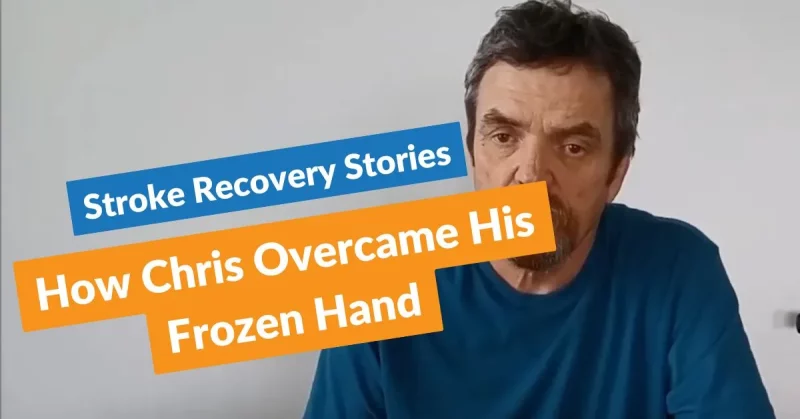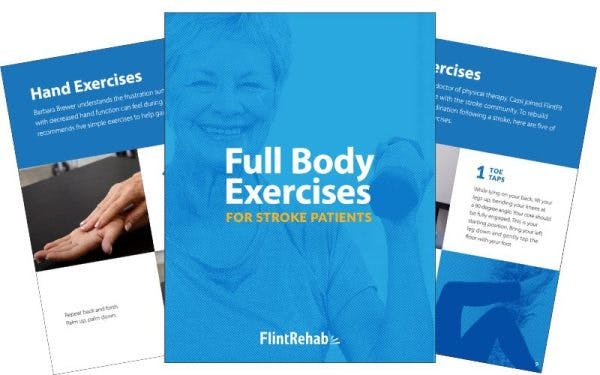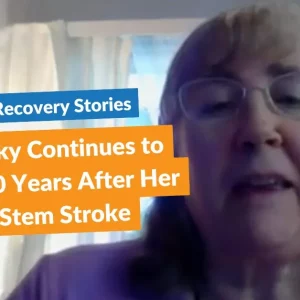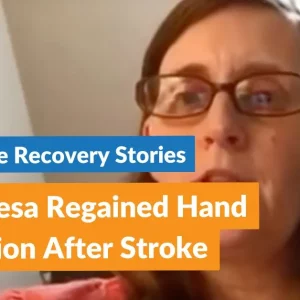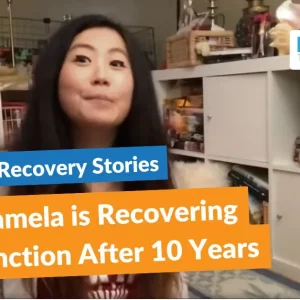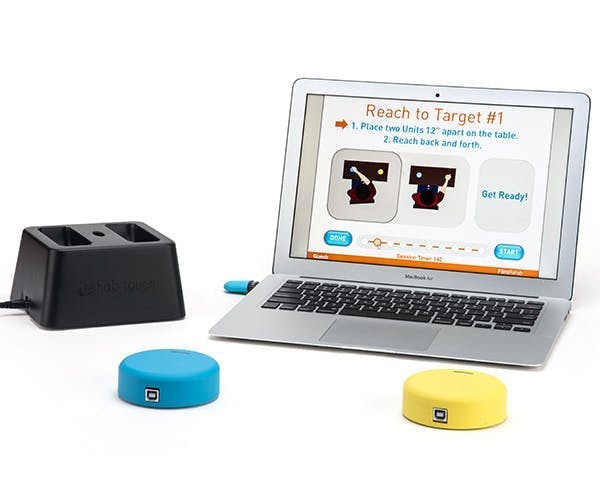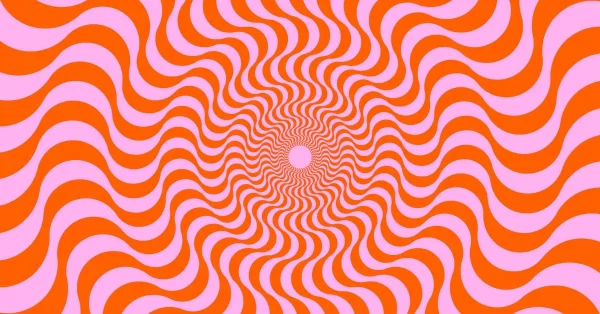When stroke hits, it can change everything. For Chris, a stroke survivor, the effects were sudden and life-altering but with persistence and the right tools, recovery became possible. In this blog, we’ll share Chris’s real experience using the FitMi home therapy system to regain strength and movement after an ischemic stroke.
When the Stroke Happened
Chris experienced an ischemic stroke on February 18, 2018. The stroke affected the entire right side of his body from head to toe. As many stroke survivors know, weakness or paralysis on one side (often called hemiparesis) is a common result of damage to the brain’s motor pathways.
“It was mostly everything on my right-hand side from my head on down to my toes,” Chris explained.
In the early days of recovery, he faced many challenges, especially with his right hand.
Living with a “Frozen” Hand
After the stroke, Chris found it difficult to use his hand at all.
“My hand was frozen,” he said.
This isn’t uncommon. Many survivors struggle with spasticity or extreme weakness that makes the hand feel stiff, tight, or non-functional. Without movement, it becomes even harder for the brain to rewire and for the muscles to regain strength. That’s when Chris discovered FitMi.
Starting FitMi: A Turning Point in Recovery
Chris began using FitMi home therapy a little over a year after his stroke. At that point, it had been roughly 16 and a half months since the stroke occurred. Until then, he hadn’t had much movement in his hand and wasn’t using it during daily activities.
But once he started using FitMi, something shifted.
“I started the FitMi and once I did I started getting power back into it.”
FitMi works by guiding users through high-repetition, task-specific exercises designed to activate neuroplasticity, which is the brain’s natural ability to rewire itself after injury. For people like Chris, it helps restore motion and build strength, even long after stroke.
Why Repetition Matters in Stroke Recovery
Recovery doesn’t stop after the first few months post-stroke. In fact, consistent repetition of therapeutic movements, especially in the arms, hands, and legs, can create new neural pathways that allow for functional movement again.
Chris’s experience is a great example of what happens when you re-engage the affected limbs using a motivating and interactive tool like FitMi.
Chris’s Advice for Other Stroke Survivors
When asked what he would say to someone considering a Flint Rehab product like FitMi, Chris didn’t hesitate:
“Flint Rehab is a good product, it will help you get stronger… it’ll make you feel much better and you need that. That’s what you need!”
His words speak to something many stroke survivors feel: the need for something that helps them take control of their recovery at home, on their own time, and in a way that actually delivers results.
One Year Later: A Story of Progress
Now, over a year after his stroke, Chris continues to make strides in his recovery. FitMi helped him break through the plateau he was stuck in and gave him the motivation to keep going.
“Thank you,” the interviewer said at the end of the session.
“No, thank you!” Chris replied, smiling.
That spirit, grateful, hopeful, and strong, is what makes stroke recovery stories like this so inspiring.
Watch Chris’s Interview
Want to hear it straight from Chris? Watch his full interview here:
Chris’s Stroke Recovery Story on YouTube
Ready to Take Control of Your Recovery?
If you’re struggling with hand, arm, or leg movement after stroke, FitMi may help you make meaningful progress whether you’re a few months out or several years into recovery.
